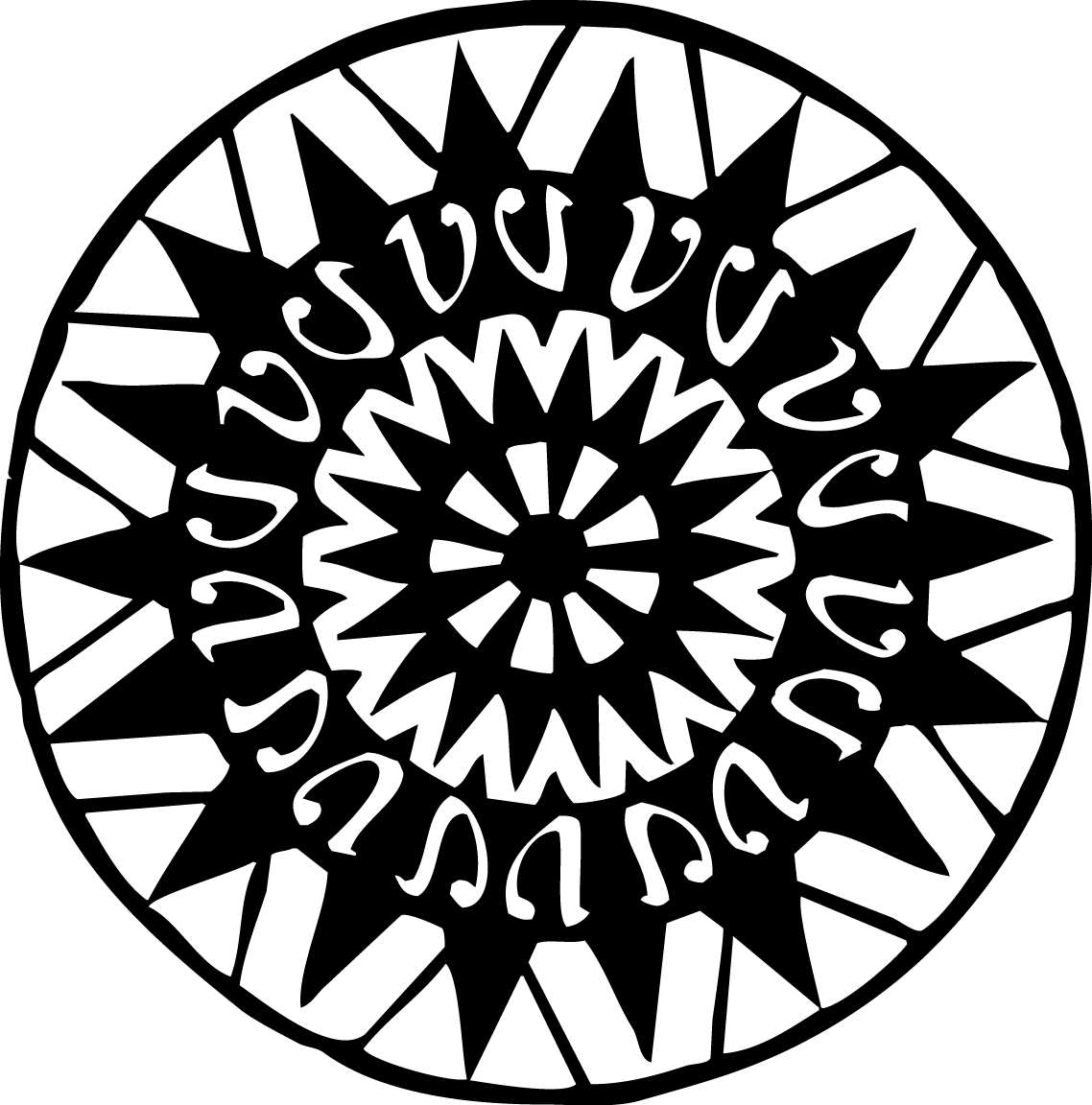BrainDance is a collaborative project that brings together dance choreographers, neuroscientists, physicians, philosophers and people with Parkinson's disease. People with Parkinson’s, artists and scientists have a different understanding of movements and movement disorders but together they can share ideas in an informal setting.
Two choreographers from Theater Freiburg in Germany, Monica Gillette and Mia Habib, bring their artistic expertise to the project and provide dance classes for people with Parkinson's and exchange information and findings with neuroscientists and philosophers at the University of Freiburg.
Here's Steffan Lukasch, who has been living with Parkinson's since 2002, talking about BrainDance while Monica Gillette gets lost within the movements of Parkinson's.
I recently saw Monica speak about the program and results at SwitchPoint.
There were four research tracks in the program:
Each week Parkinson's Dancers would attend dance classes.
The choreographers, Parkinson's dancers and neurologists would meet to share their theoretical knowledge.
The program inspired physical thinking and helped the dancers see the commonalities in thinking about movement that was shared by all participants.
- They conducted Open Houses, not to show what was discovered but the types of things they were questioning.
As Monica says in her SwitchPoint speech, typically when you’re talking about marginalized people in a population, you are talking about giving them visibility or a voice, but in BrainDance the Parkinson’s dancer's were able to step back and be an expert. This sort of autonomy is sacred to those who are finding their way inside a disease.
Designing for the Fringe: Making dysphagia-safe carrots at home.
The presentation and my notes from my portion of the presentation at South by Southwest (SXSW). My perspective was mostly focused on the utilitarian purpose fo 3D printed food -- particularly for those with Swallowing Disorders (Dysphagia).
Dysphagia is the medical term for the symptom of difficulty in swallowing. Dysphagia brings a major life change. Advancements in the word of 3D printing open the door for more people to enjoy nutritious, fresh food.
A few notes about my submission to the Panel Picker for the 2016 SXSW Interactive festival.
A tiny home could make it easier for my mom to age near us (or for us to live near her).
The US transportation system falls short for the elderly. Understanding why can make it better.
The NEA focuses an entire issue on the arts and accessibility to celebrate the 25th anniversary of the Americans with Disabilities Act. *Swoon*
Stephanie Thomas is cur8able, curating clothing and lifestyle products that are accessible /smart/ stylish for people with disabilities.
A video game, Forget-Me-Knot, helps people understand what it is like to have Alzheimer's.
Headphones help those who are blind use the ATM. Watch and learn.
BrainDance is a collaborative project bringing together dance choreographers, neuroscientists, physicians, philosophers and people with Parkinson's disease to explore movement.
Despite multiple setbacks, Frida Kahlo did not live in the world of the disenfranchised. She lived as a goddess whose entire being is a work of art.
The dying process is messy. It’s hard on everyone. It’s confusing. It’s painful. It’s the beginning of your grief. Talking about it early will help the survivors cope.
The story of one shoe that expands to 5 sizes and last for five years.
Surfing the web, and this website, with a screen reader.
How the blind watch movies, TV and play video games.
Emily McDowell made empathy cards to say all the things that are difficult to say.
As your parents and loved ones grow older you start to notice subtle differences in the way they live their lives. These modifications generally come after something has happened.
Crisis Mappers Network, a large, active, international community of experts, practitioners, policymakers, technologists, researchers, journalists, scholars, hackers and skilled volunteers who are using technology, crowd-sourcing and crisis mapping to answer our humanitarian needs.
Through telepresence and a Segway-like robot, Beam helps those with disabilities see the world.
Can using 3D printing solve animal protection issues?
A wearable device that allows you to send messages with simple gestures.
The get-to-know-you card game for people you've known your whole life.
Personal experience helped a Boy Scout create a wearable to prevent Alzheimer's patients from wandering.
A 12-year-old makes a braille printer with Legos. In other unrelated news, I waste a lot of time watching TV.
Banana fibers solve a problem for 50% of the developing world.
Peter and Peregrine are advocating for children and engineers to work together to create solutions.
Lisa Russell speaking about creating empowering film narratives. No more sad documentaries!
Neil Brandvold speaking on conflict journalism and what it's like to be a witness to culture changing moments.






























Discussing Designing for the Fringe on the 3D LILA Podcast.